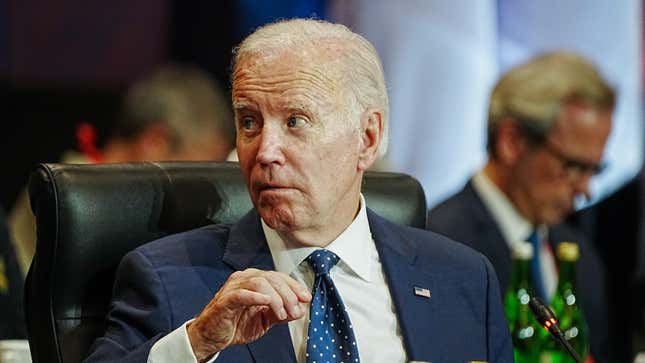Biden Says We ‘Can’t Expect Much of Anything’ on Abortion
Abortion was the number two issue voters considered in their midterm votes, and there are still some steps the administration could take to expand access.
AbortionPolitics

After the Supreme Court overturned Roe v. Wade in June, the prevailing message from President Joe Biden was that people needed to get out and vote hard. Vote enough Democrats into the House and Senate, Biden said, and he’d sign a bill to codify abortion protections into federal law. This was always a gamble, because the party in power usually loses control of Congress in its first midterm election, but Democrats managed to hang on to the Senate, though it seems likely that they’ll lose the House.
On Monday, reporters asked Biden what Americans could expect Congress to do about abortion access following this midterm result. He said: “I don’t think they can expect much of anything other than we’re going to maintain our positions…I don’t think there’s enough votes to codify [Roe] unless something happens unusual in the House.”
While it is true that Democrats’ hands are tied in Congress because they don’t control both chambers, Biden’s executive branch can act—and should, ASAP: Abortion is currently banned at or before six weeks of pregnancy in 14 states, and more states will pursue bans and restrictions when their new legislative sessions start in January.
Plus, exit polls showed that, nationwide, abortion was voters’ number two issue, and in crucial swing states like Pennsylvania and Michigan, it was their first priority.
-

-

-

-

-

-

-

-

-

-

-

-

-

-

-

-

-

-

-

-

-

-

-

-

-

-

-

-

-

-

-

-

-

-

-

-

-

-

-

-








































